Interview: Scott Sunderland on Roubaix tech of the past decade
Tech talk with former pro cyclist and sports director at CSC, Cervelo and Sky
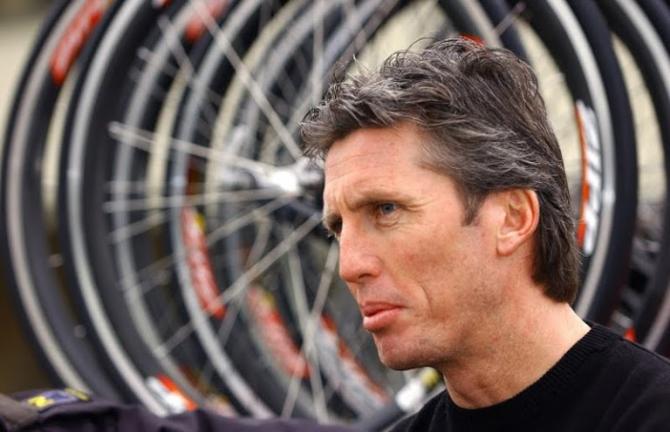
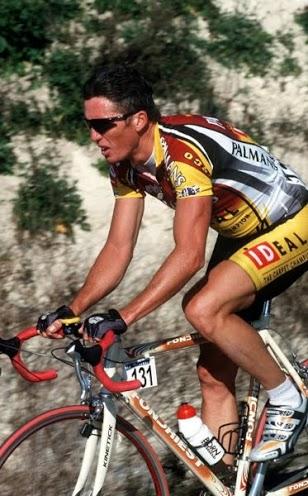
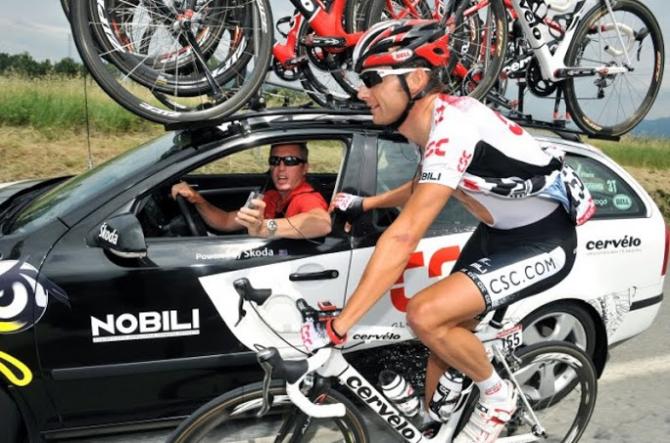
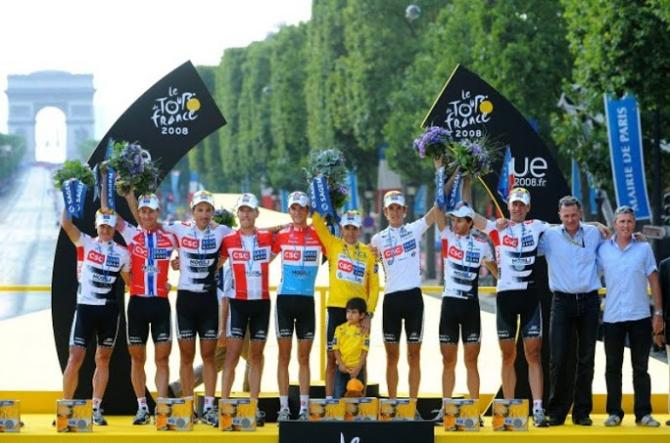
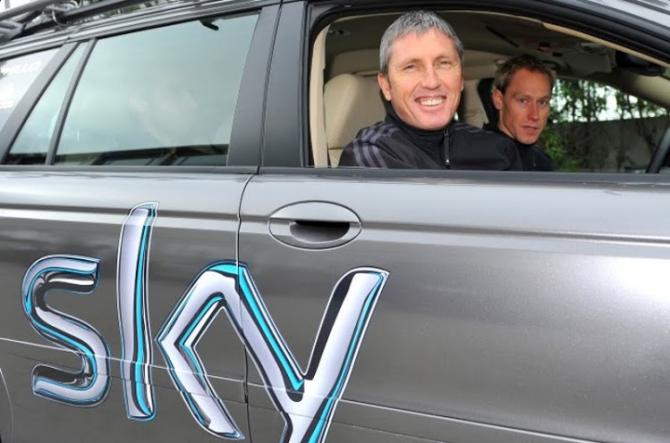
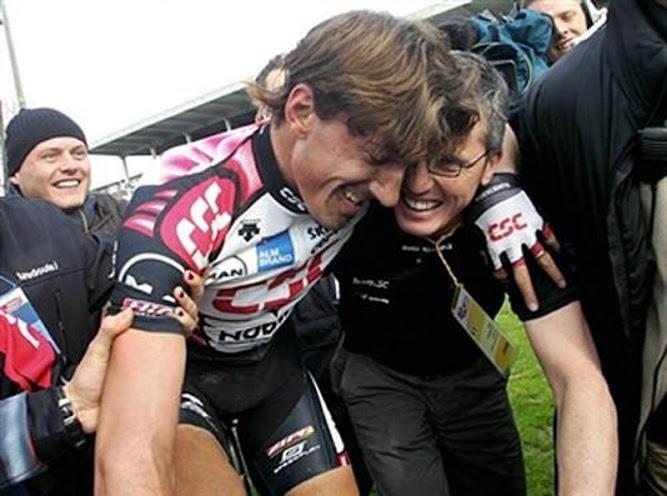
This article appeared originally on BikeRadar.
Paris Roubaix is one of cycling's greatest one-day spectacles and the cobbled, often treacherous conditions that make the race legendary, are the same factors that put the ultimate test to the equipment.
BikeRadar caught up with former Australian pro cyclist - Scott Sunderland – a man who knows more than a thing or two about what it takes to win 'The Hell of the North.' Sunderland helped ride Magnus Bäckstedt into his 2004 win, the same year he became the sports director at team CSC with Bjarne Riis. Just two years later under Sunderland's direction, Fabian Cancellara took the 2006 Roubaix win (his first of three), the following year, another of his riders – Stuart O'Grady – stood on top of the same podium.
Sunderland was more recently sports director of Team Sky at its inception, before returning home to Australia in 2010 where he was the race director of the National Road series.
We discuss his take on changing technical advancements that the race to Roubaix has seen, the early days of carbon innovation on the cobbles and where the technical advantages may still lay.
BikeRadar: What were the key performance attributes for equipment in the 1990's and early 2000's?
Scott Sunderland: A while ago it was all about comfort and reducing resistance from the cobbles, weight and aerodynamics was of little concern. I'd say years ago the bikes were actually more comfortable, including softer riding wheels, longer wheelbase bikes and even wider tyres. We saw guys such as RockShox experimenting with suspension forks from 1993, but it just didn't last long.
Get The Leadout Newsletter
The latest race content, interviews, features, reviews and expert buying guides, direct to your inbox!
BR: Your time with CSC was largely to build a classic's winning team. Was technical innovation a big focus for your desired success in Flanders and Roubaix?
SS: With team CSC, we had sponsors of Zipp, Cervélo and Vittoria that were all working together to create an advantage for our team. Certainly having the right equipment was hugely important and we did a great deal of testing to discover how the bike was most efficient over the cobbles.
With Cervélo we had the super-light R3 frame, and just looking at the ultra-thin seatstays I knew this could be a winning bike. We modified the geometry of this bike with a longer rake fork, extended wheelbase and increased tyre clearance. The result was slightly more comfortable than the standard R3, without giving up drive stiffness or the low-weight.
It was also the first time I saw a tyre manufacturer working directly with a wheel manufacturer to create the ultimate combination. All parties took plenty away from our time testing on the cobbles and much of this research still stands.
BR: Your time at CSC was the first time riders dared to race carbon wheels at Roubaix, what were the challenges?
SS: During our extensive testing on the cobbles of the Koppenberg and Arenberg Forest. In 45 minutes, we went through about $30,000 (US) worth of wheels, it was here when the guys at Zipp truly understood the challenges we faced.
The biggest challenge with carbon wheels was creating something that was strong enough to last, but still offered the desired performance. Skipping across the cobbles isn't efficient, as it's just wasted power going to the ground. It's like an open water speed boat, there's no use if the propeller isn't in the water.
Within our testing, Zipp made a wheel so stiff that even Jens Voigt had to change bikes during Tirreno–Adriatico complaining of severe back pain. It was a huge challenge that we had to overcome and one that proves the major advancements in carbon fibre wheels in the past few years.
I was amazed by how many design factors had to be accounted for with the wheels – carbon fibre lay-up direction, tyre bed shaping, spoke lacing pattern and even the hub flange style all play crucial parts.
While Cancellera rode a very-light Cervélo R3 for his 2006 win, we just couldn't get the carbon wheels to how we wanted in-time. It wasn't until O'Grady's win in 2007 that the carbon wheels were up to the task.
BR: What about tyre choice? Has this changed?
SS: 27mm-28mm tyres have been the common go-to for a good time now.
The biggest challenge is finding the right pressure, the cobbles can hammer the air out of the tyre and so what you start the 260km race with, isn't going to be the same when you finish in the velodrome.
Cancellera would finish the race with as much as 1.2 bar (17.5psi) lower than he started. Of course you want a lower pressure for the cobbles, especially if it's wet – but riding the rim in the final kilometres is also going to cost you the race.
BR: With Roubaix perhaps requiring some tech outside of the sponsor offerings, was there a challenge with balancing sponsor and rider needs?
SS: This for me is all about communication with the riders. My experience as a rider and being forced to ride something without any proven reason was a true frustration.
When I became sports director, I refused to do this to my riders. Bjarne Riis is similar to me, he's fussy with his equipment and so it just clicked, we wanted the best for our riders.
Times have changed, for example when I was riding I wanted Concor saddles (Selle San Marco) – I had to buy them to ensure my arse was comfortable. The WorldTour has changed massively, having the riders comfortable and happy is a priority and things like finding a comfortable saddle or right wheel from the team sponsors isn't a huge challenge anymore.
BR: Cancellara is known to be ‘particular' with his equipment, anything he insisted on?
SS: He used to get pedantic over little things, but generally he's extremely open minded. As long as you can explain the benefit for the change, he'll give it a go. If he rides it himself, feels what is being claimed, chances are he'll accept it.
BR: Where do you believe the biggest equipment gains have been made recently?
SS: Aerodynamic carbon wheels are the biggest innovation in the race of the past decade. But there's plenty of other parts that are allowing important gains.
The lightness of the frames being built now with the ideal frame clearance and geometry is another big achievement, rather than the use of lower-quality frames and pieced together parts of the past.
Electronic gears is another big innovation, with frozen fingers it's life changing. Putting multiple shift locations including on-top of the bars and light shifting, it is a big change, although not all riders still agree.
Also, the general collaboration of various equipment manufacturers means the bike is becoming less of a mixture of various components.
BR: And lastly, what's your take on disc brakes in a race like Roubaix?
SS: Of course there's huge benefits to it and it makes lots of sense in many aspects. Consistent braking performance no matter the conditions will be a huge advancement.
However, the disc brake is another external component – like a rear derailleur – that can be damaged in a crash. Also, a slow wheel change can simply ruin one's race, disc brakes have potential to further complicate this and so it's another hurdle for the technology to overcome.